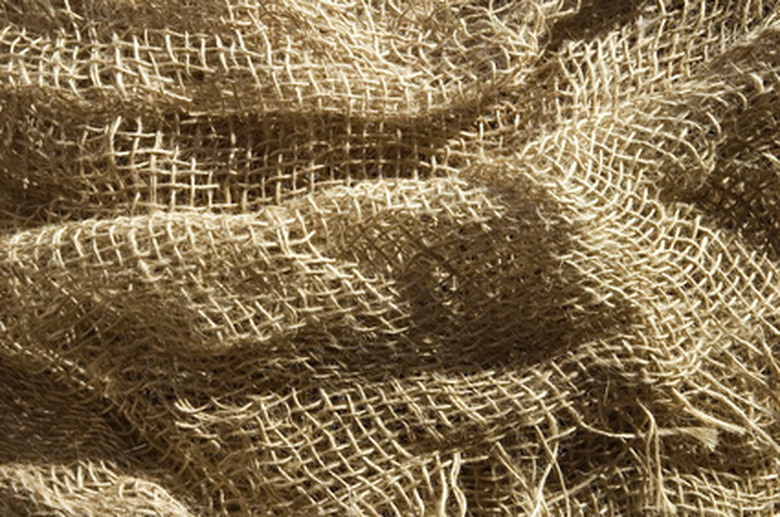How To Make A Model Cave For Kids
Socrates used a cave to illustrate his point that we don't really know what is real and true and what is not. Archaeologists participating in the Western Belize Regional Cave Project's ongoing exploration and documentation of Mayan ceremonial cave use speculate about the meaning and purpose of drawings, bones and artifacts found within underground chambers. Geologists form theories about the forces that form and transform the caves themselves. Creating a model cave provides opportunity to test theories of cave formation and recreate the conditions that existed when cave artifacts were in use.
Step 1
Fill a round balloon with air until it has a 12-inch diameter.
Step 2
Mix plaster of Paris with water in a shallow plastic dishpan, according to package directions.
Step 3
Dip coarse-weave burlap into the plaster mix. Mold the plaster-soaked burlap over the balloon in wrinkles and folds. Allow to dry for 10 minutes.
Step 4
Once plaster has begun to set but has not completely hardened, poke a sharpened awl through the burlap in multiple places to break the balloon and to create small holes all over the outer surface of your cave model.
Step 5
Carefully enlarge some of the holes on top of the cave model to 1/8-inch diameter or larger, but less than 1/2-inch diameter.
Step 6
Mix a second batch of plaster of Paris. Pour the plaster mix over your cave model so that it runs through the holes on top and into the cave. Allow to dry overnight.
Step 7
Use scissors or a utility knife to cut a viewing hole in the side of your cave model. The flowing plaster should have become simulated stalactites and stalagmites.
Step 8
Place your cave model on an 18-inch square of unfinished 1/4-inch thick plywood or Masonite. Use Spanish moss, sisal fiber, twigs, coffee grounds, sand and sawdust to create a textured landscape for the approach to your model cave's entrance.
Things Needed
- 1 round balloon, 12-inch diameter
- Plaster of Paris
- Water
- Plastic dishpan
- Burlap cloth
- 1 sharpened awl
- Scissors
- 18-inch square of 1/4-inch plywood or Masonite
- Spanish moss, sisal fiber, twigs, coffee grounds, sand and sawdust
Cite This Article
MLA
Smith, Jane. "How To Make A Model Cave For Kids" sciencing.com, https://www.sciencing.com/make-model-cave-kids-6137756/. 24 April 2017.
APA
Smith, Jane. (2017, April 24). How To Make A Model Cave For Kids. sciencing.com. Retrieved from https://www.sciencing.com/make-model-cave-kids-6137756/
Chicago
Smith, Jane. How To Make A Model Cave For Kids last modified March 24, 2022. https://www.sciencing.com/make-model-cave-kids-6137756/


